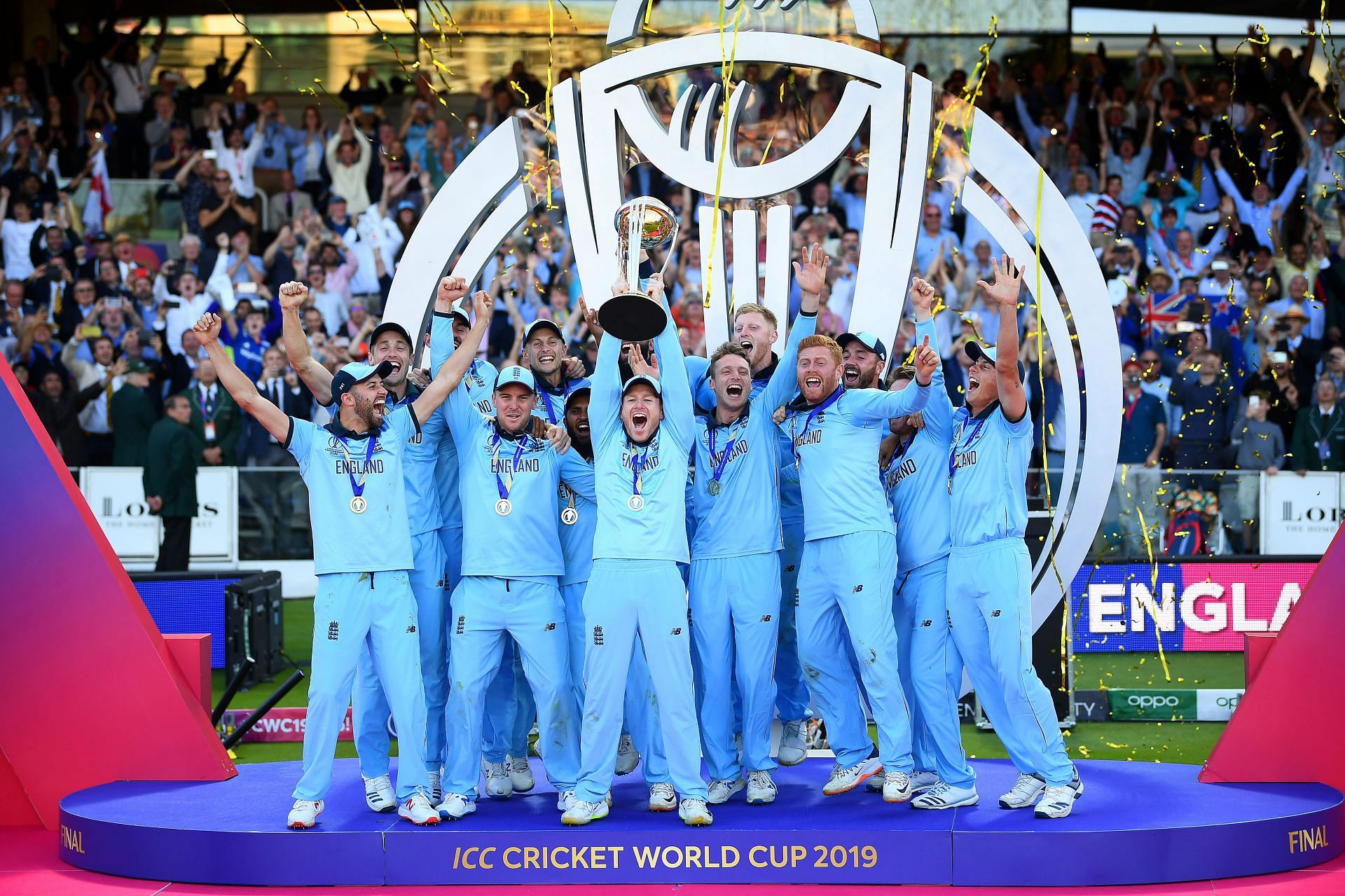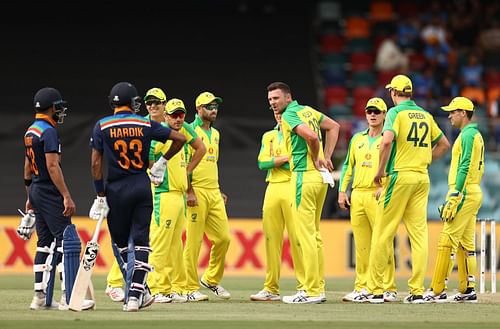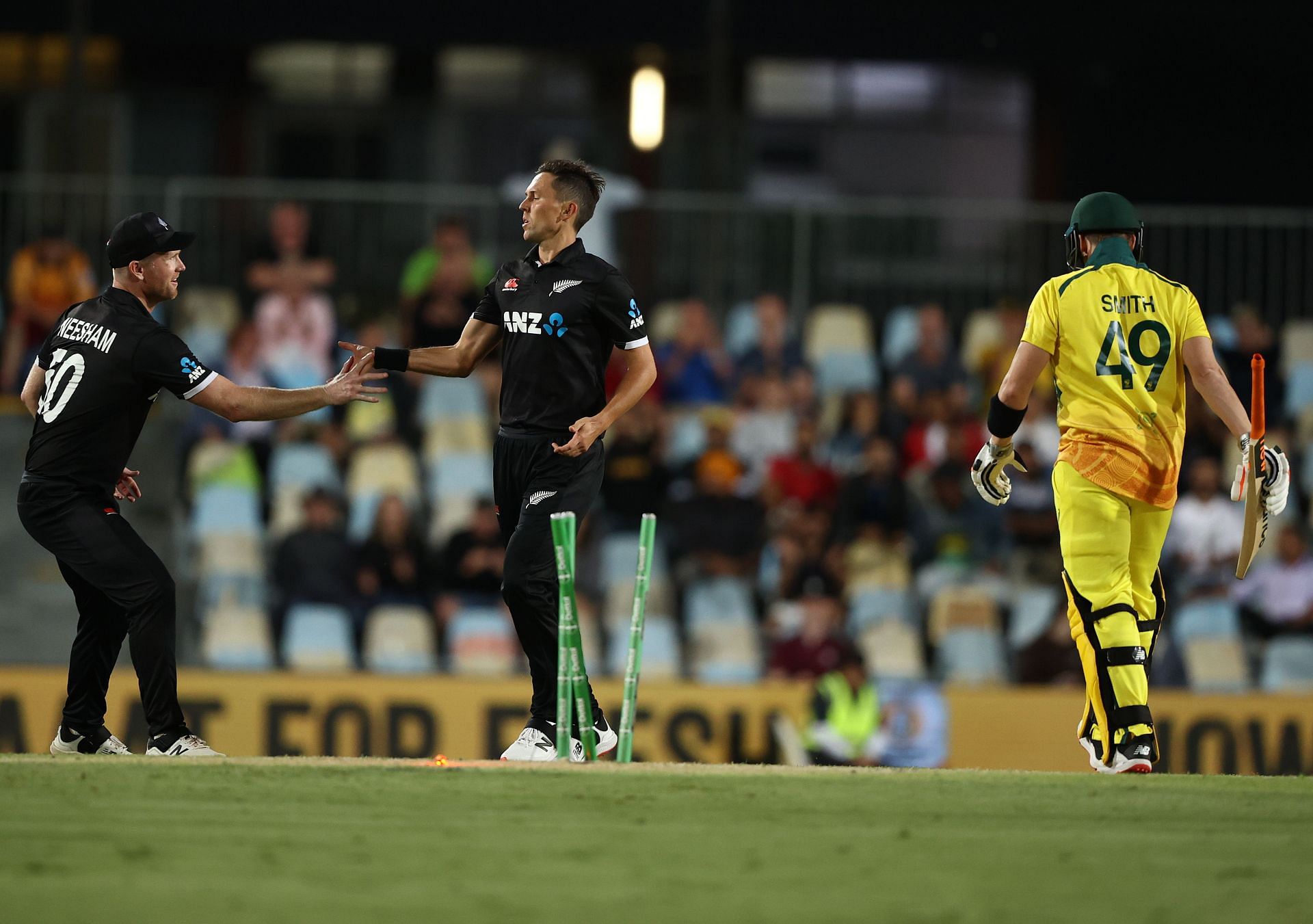
How to rescue ODI cricket? A 5-point program for ICC to save the format and make it prosper
Nobody understands the joy of watching an ODI cricket match more than millennial fans. This generation grew up admiring the exploits of Sachin Tendulkar in the 50-over format and regarding the 50-over World Cup as the summit of cricket competitions.
However, this format is now under fire and is facing a graver existential threat than ever before. The enchantment with T20 cricket has led a large number of ex-cricketers and analysts to demand the shelving of this format altogether from the international circuit.
With T20 leagues becoming increasingly important to players and Test cricket retaining its loyal fan base, the 50-over format seems forlorn. However, all is not lost.
The ODI World Cup will continue to be the most high-profile event in the quadrennial cricket calendar for some time to come. Also, despite the popularity of T20s, ODI games still manage to draw good crowds and generate decent viewership.
Still, a comprehensive program is needed to boost this neglected and least-loved format of the game. The ICC has to find solutions to its waning appeal and implement them quickly to make sure that people don’t continue deriding this version of cricket.
Here is a five-point program which can revitalize this game and take it back to the heights of the popularity it enjoyed in the 1990s and the noughties. These five steps, if taken promptly, can breath new life into the format and make it more appealing to fans and experts.
#1 Less is more

Due to its length and intensity, every Test match is a major event. However, the same cannot be said about ODIs. Unless an ODI series witnesses a memorable event, it is forgotten quickly by fans.
The 2002 NatWest tri-series is fondly remembered by Indian fans because of its legendary final. The 2006 five-match ODI series between hosts South Africa and Australia is inscribed in the memory of cricket fans due to the famous Johannesburg game where the Proteas stunned everyone by chasing down a target of 435.
However, most 50-over series are forgotten by everyone except hardcore fans due to their sheer volume. A good example are ODI contests between India and Australia. These two nations are, arguably, the most high-profile as far as the 50-over format is concerned.
India played an ODI series – bilateral or trianagular – in Australia five times between 2012-2020. The Australians returned the favor by coming to India four times for an ODI contest in the same period. A contest of this quality ought to be a memorable event. However, due to its high frequency, it has become a mere blip in the cricket calendar.
The number of one-day international contests between two nations needs to be reduced. If the same teams play each other every year, that contest loses all its value. It’s a good idea to ensure that one team tours another country for an ODI series every four years. This would make those contests highly-anticipated, rather than just another clump of meaningless matches.
It would also make it difficult for teams to win in alien conditions, similar to Tests. So, these series will be valued and awaited by fans.
Paucity increases the value of objects as well as their desirability. This simple logic of economics applies to cricket, too. So, the ICC should fix the number of bilateral ODI series a team plays in a year, say four (two home and two away). This would provide just enough 50-over cricket for fans to enjoy, without being turned off by a glut of matches.
#2 Christening of contests

Most bilateral Test series have been given distinctive names. The Ashes, Border-Gavaskar Trophy, Frank Worrell Trophy, etc. In the ODI arena, its only the Australia vs New Zealand series which has had a similar christening – as the Chappell-Hadlee Trophy.
Time has come for the leading ODI bilateral series to also be played for trophies named after the competing nations’ icons. The high-profile India vs Australia 50-over series can be played for a Tendulkar-McGrath Trophy, South Africa vs Australia series for a Waugh-Pollock Trophy, and so on.
The presence of these cricketers at matches and highlighting of their performances in such rivalries in the past can add luster to these contests. It will also make winning these contests seem more imperative.